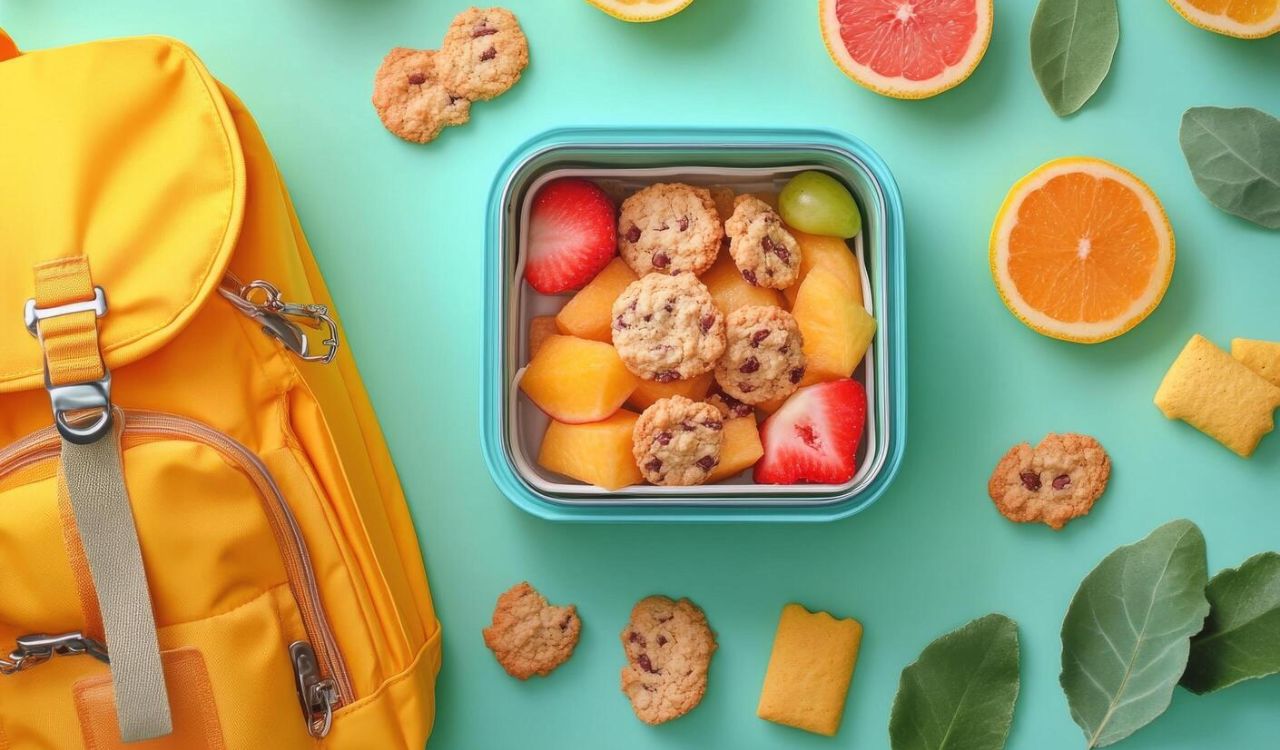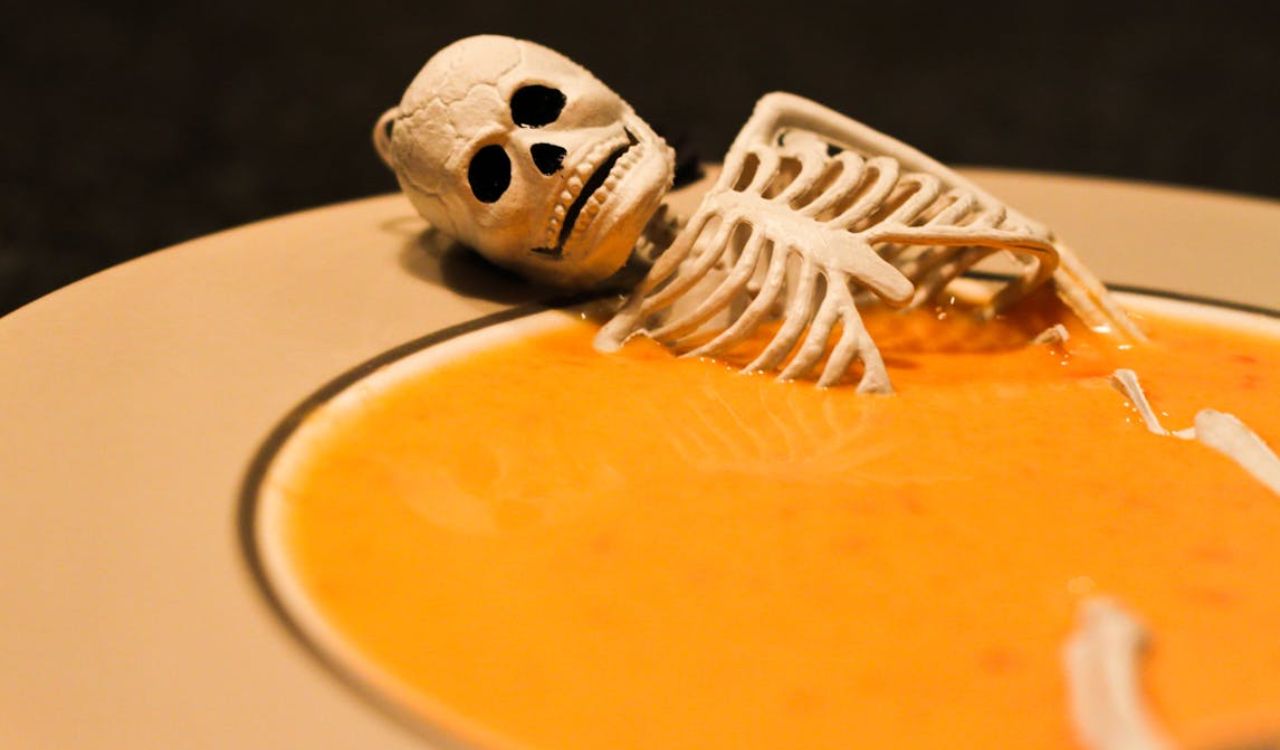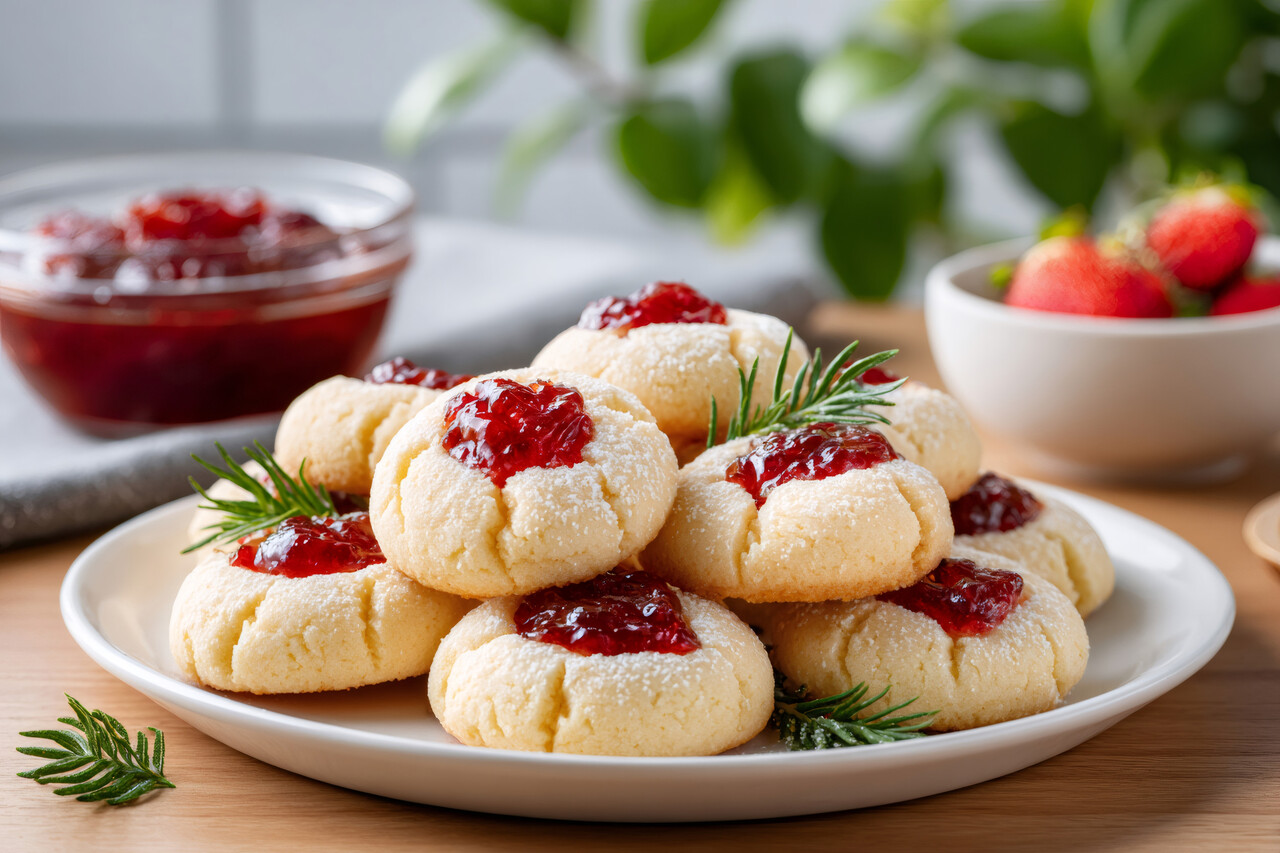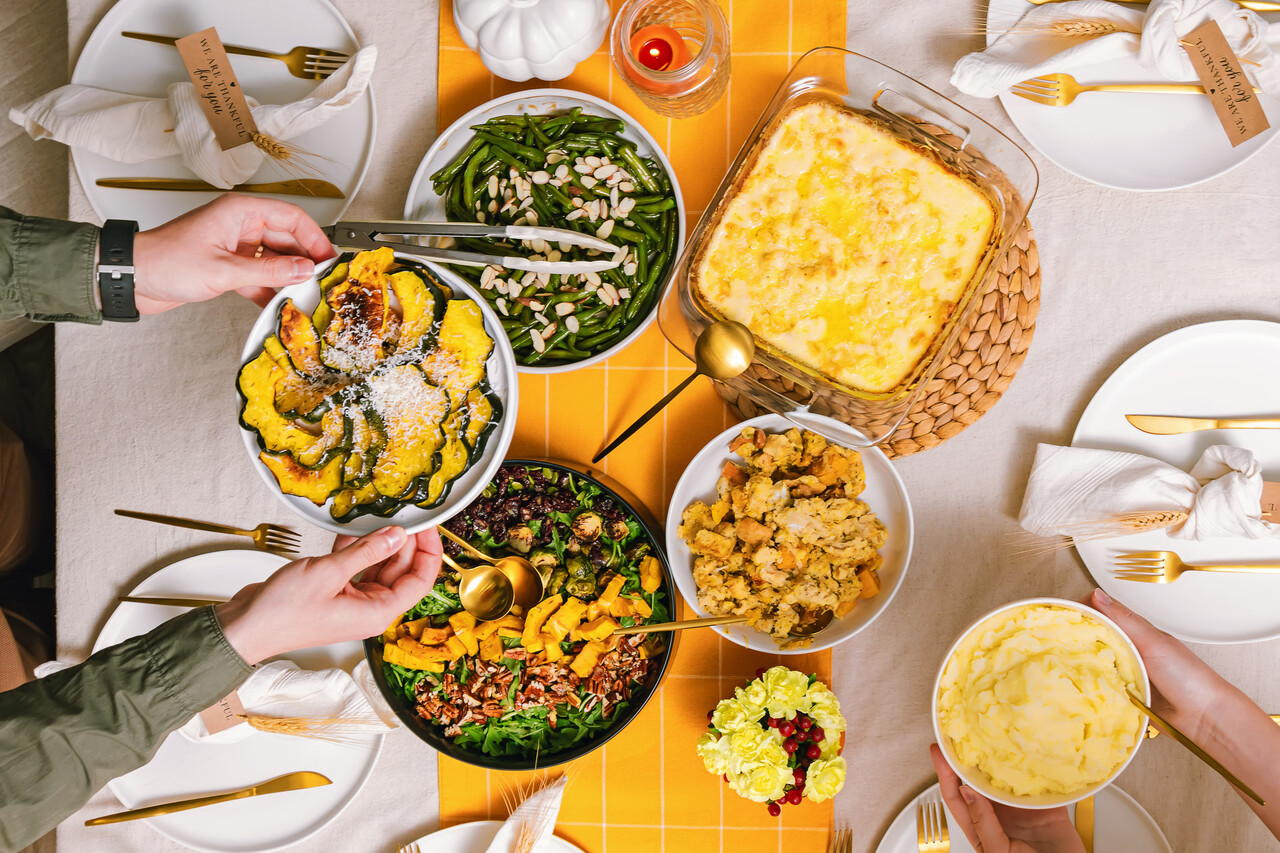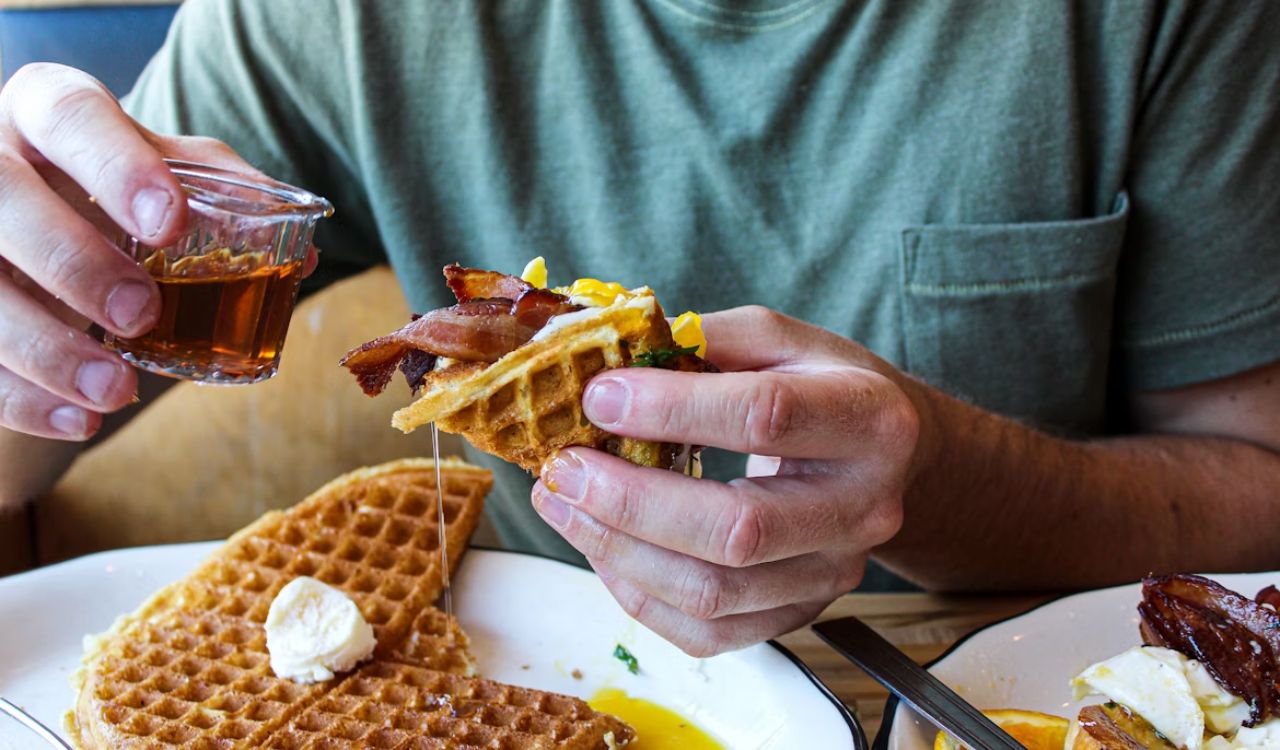Julia Child’s Simple Trick That Instantly Creates More Kitchen Prep Space
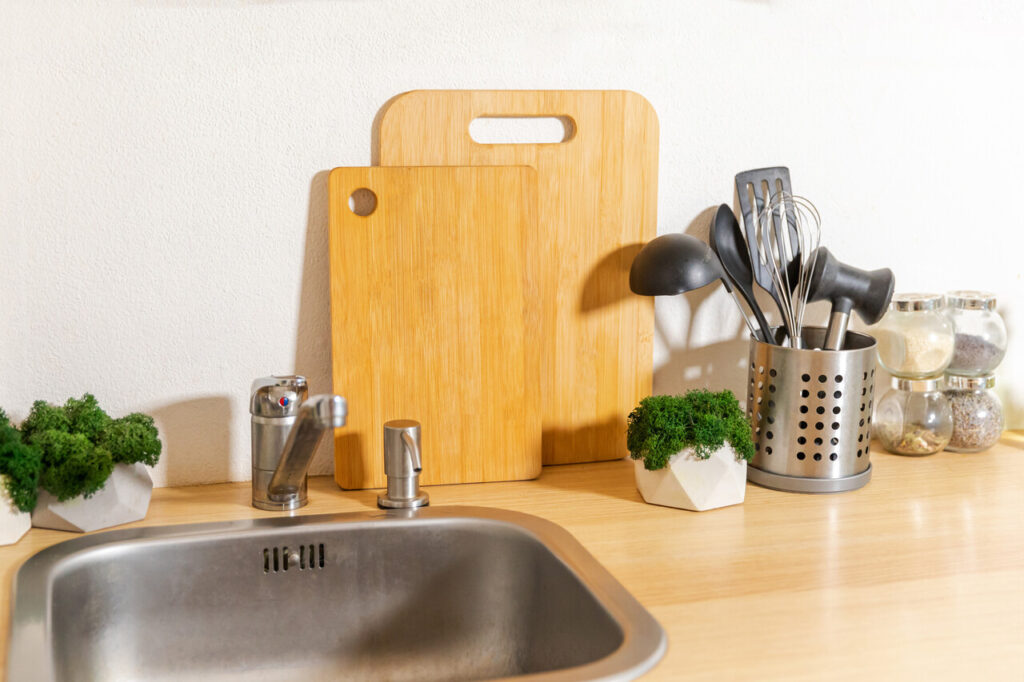
Tiny kitchens make cooking feel like a balancing act, especially when counters are already crowded with ingredients, utensils, and appliances. It’s easy to feel like you don’t have the room to spread out, chop, season, or prep the way you want. Julia Child understood this problem better than anyone and built an entire cooking philosophy around making your space work harder.
One of her simplest tips is surprisingly low-tech and costs nothing. She used something that almost every home cook already owns, and it turned cramped prep counters into workable space instantly. The trick showed that you don’t need more square footage, just smart thinking. Once you try it, you start seeing your kitchen layout in a new way.
For anyone dealing with small countertops, limited room, or too many tools competing for space, this method helps you feel more organized and in control. It lets you prep comfortably without rearranging your kitchen or spending money on large accessories. It’s a clever trick that still holds up today.
The Trick: Use a Sturdy Cutting Board Over the Sink
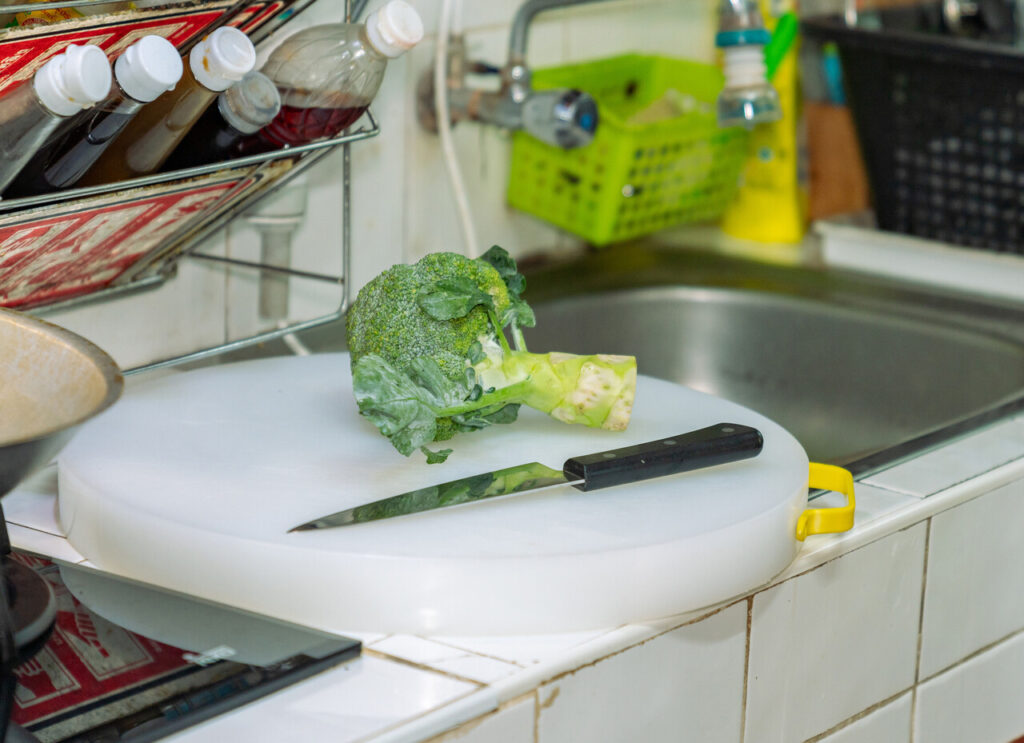
Julia Child often solved space issues by placing a heavy cutting board over the sink to instantly create a temporary, sturdy work surface. Instead of clearing clutter, she built new space right where she needed it. This simple technique gave her room for chopping, mixing, plating, or organizing ingredients even when the rest of the kitchen was filled.
The approach also works with modern kitchens, large or small. You don’t need anything special, just a cutting board that fits well and stays put. Many home cooks find this trick turns one of the least-used kitchen surfaces into the most useful. Best of all, you can remove it in seconds when the sink is needed again.
Why It Works
A sink is usually wasted real estate while you cook. Using it as a temporary workspace gives you the square footage your kitchen doesn’t naturally provide. Instead of shifting everything around, you make the board do the work. It feels efficient, practical, and immediately useful.
A Professional-Level Mindset
Julia believed that a kitchen should support the cook, not the other way around. Adding this prep board over the sink keeps ingredients within reach and keeps you from constantly moving things around. This is the same approach professional kitchens rely on: maximize what you have and keep your workflow smooth.
Choosing the Right Board
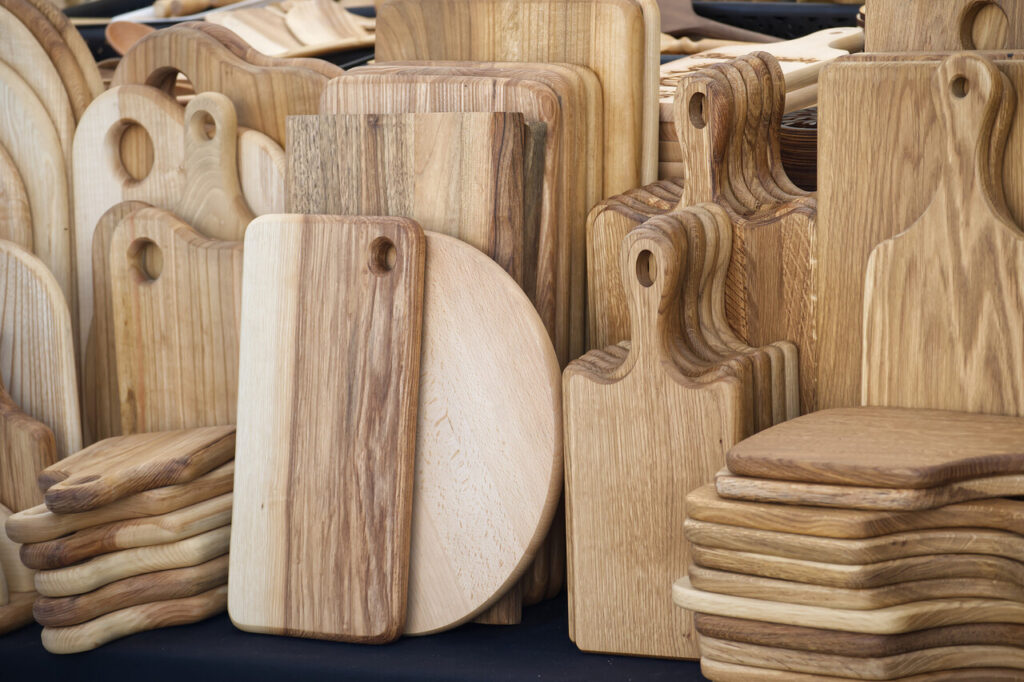
Before you start using the sink as a station, choose a board that fits securely and feels solid. The right board turns the technique from a clever idea into something reliable.
Size and Shape
A board that extends past the edges of the sink prevents wobbling and gives you enough working space to chop or organize without feeling cramped. Smaller boards can work, but offer less room for movement. Many cooks prefer wood because it feels stable, but plastic is easier to clean and lighter to move.
Material and Stability
Wood offers weight and traction, which helps the board stay put. Plastic boards are easier to sanitize but may slide unless paired with a damp towel beneath. The key is making sure the board sits flat, balanced, and doesn’t rock while in use. Once you set it up, it should feel like a natural extension of your counter.
How To Use It Effectively
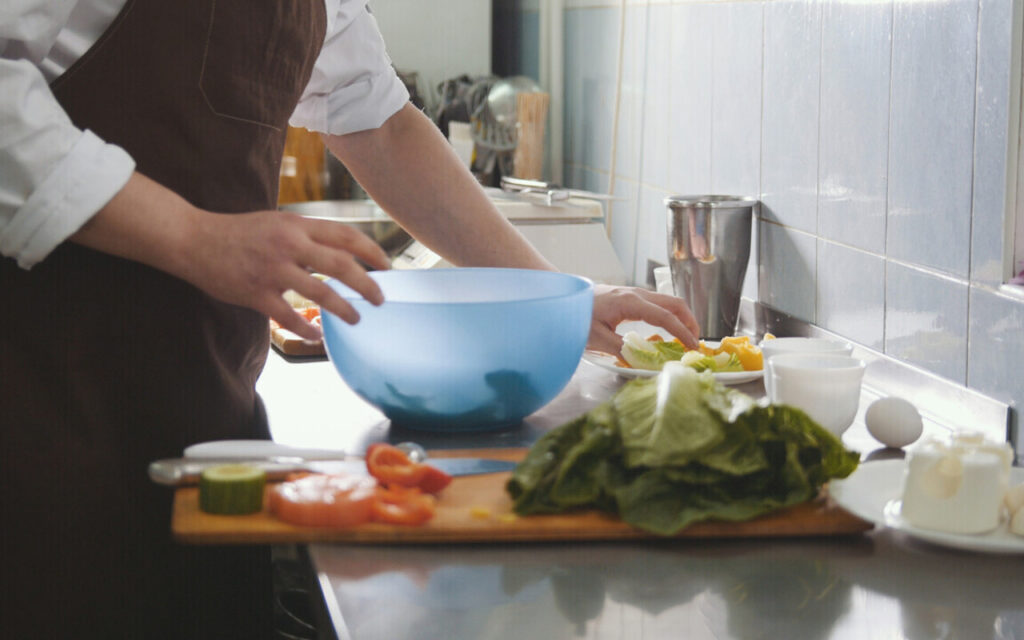
Once you set the cutting board in place, turn it into a mini station where ingredients stay organized and visible. You can use it for chopping vegetables, setting up bowls, assembling herbs, or lining up spices before cooking. Many people find that this focused workspace makes meal prep feel faster and less cluttered.
Keep Waste Moving
One advantage of placing the board over the sink is how easy it becomes to deal with scraps. Instead of stopping to clear the board, sweep peelings or cut ends straight into the sink or compost bowl, keeping your work flowing without interruption.
Keep Essentials Close
Store knives, bowls, salt, oil, or produce within arm’s reach to mimic a professional station. When everything sits close together, you cut out the constant back-and-forth that slows cooking down.
Real Workflow Benefits
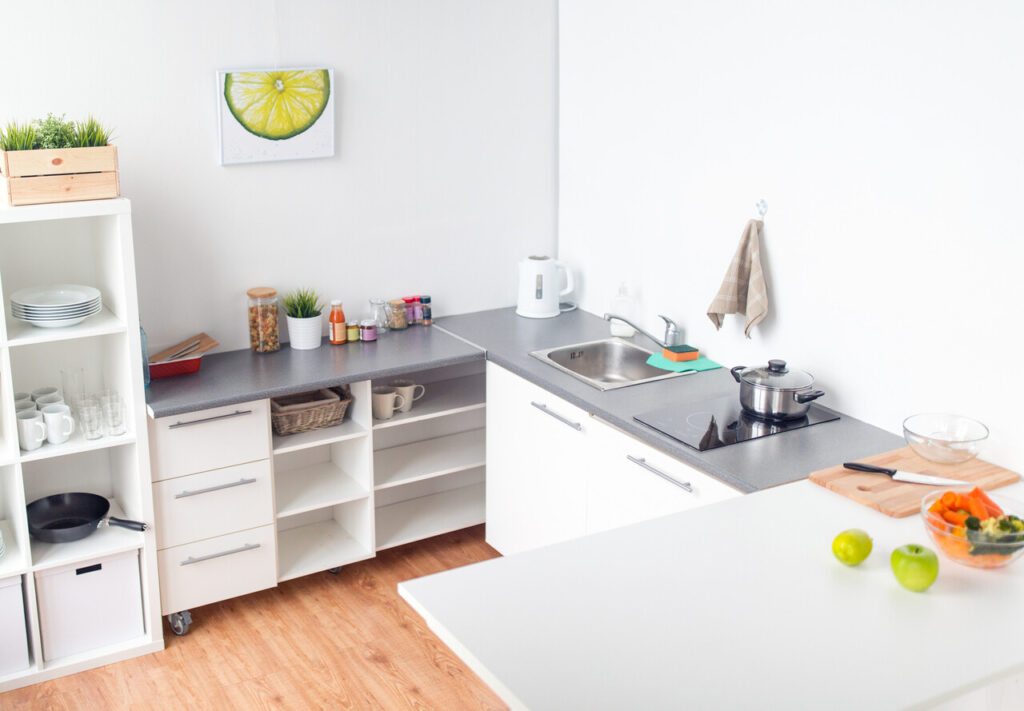
This method changes how you move around the kitchen. Instead of shifting clutter, you build a fresh surface that doesn’t compete for space. That means smoother transitions between chopping, seasoning, and cooking, all without stopping to reorganize.
Less Cleaning and Resetting
Because the sink sits below the board, messes go where they belong. Drips, scraps, and crumbs can be rinsed or collected when you’re done. It shortens cleanup and keeps the rest of the counter spotless.
Better Use of Small Kitchens
Small kitchens stop feeling cramped when you discover you can add work surfaces whenever you want. Many home cooks find themselves using this spot even in large kitchens because it’s positioned close to the stove and tools.
A Clever Trick That Still Works
Julia Child’s approach proves that good cooking doesn’t depend on a big kitchen, just smart use of what you have. Turning a cutting board into extra workspace over the sink is practical, quick, and surprisingly effective. It helps you stay organized, speeds prep time, and makes small kitchens feel less restrictive. Once you try it, you may start looking for more untapped areas in your kitchen that can support how you cook.


